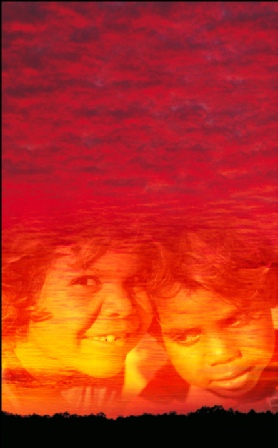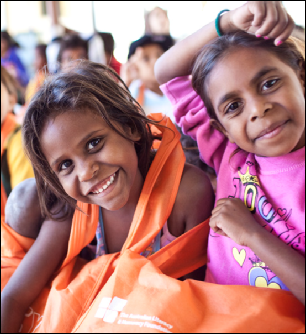Indigenous Literacy
There is an enormous gap in literacy standards between non-Indigenous and Indigenous
children in Australia. The gap increases for children from remote Indigenous communities.
Recent figures show that on average:
• Only 1 in 5 children from remote Indigenous communities can read to an accepted
minimum standard
• By Year 7, only 15% of children from these communities achieve that benchmark -
for non- Indigenous students it is more like 90%. [1]
• By the age of 15, more than one-third of Australia’s Indigenous students do not
have the adequate skills and knowledge in reading literacy to meet real-life challenges
and may well be disadvantaged in their lives beyond school. [2]
[1] http://www.actnow.com.au/Issues/Illiteracy.aspx
[2] Bortoli and Cresswell, Australia’s Indigenous Students in PISA 2000: Results
from an International Study, Australian Council for Educational Research (ACER),
Research Monograph No. 59, August 2004, page 11.
“The gap between Indigenous and non-Indigenous students emerges early. Non-Indigenous
students far out-perform Indigenous students in benchmark tests for reading, writing
and numeracy in Year 3 and Year 5. By Year 7, the gap has widened.” [3] It is a common
assumption that being illiterate is simply a case of not being able to read or write.
But illiteracy covers almost all the skills needed to face real life challenges in
a competent, confident way. So it affects the ability to compete for employment or
to do further studies. Low literacy levels prevent Indigenous Australians from getting
good jobs and functioning workplace skills.
[3] http://www.creativespirits.info/aboriginalculture/education/aboriginalliteracy-rates.html#ixzz1oLqBu5Ct

